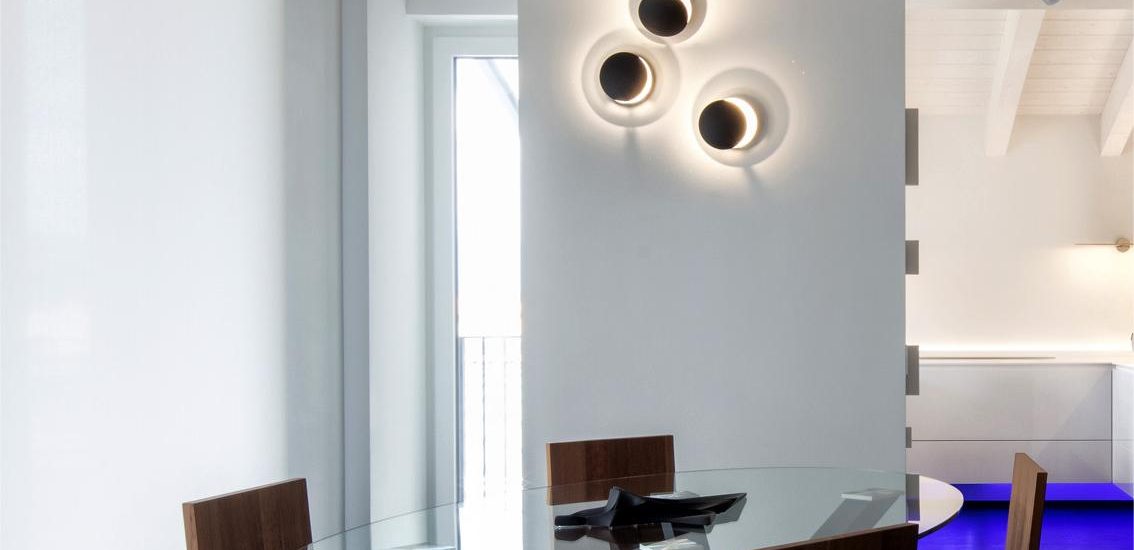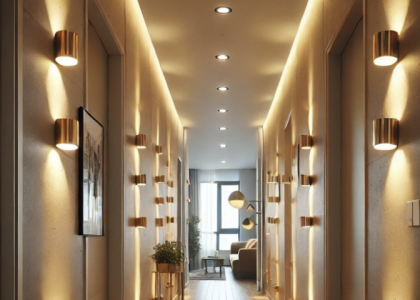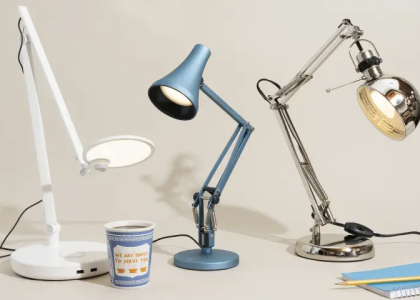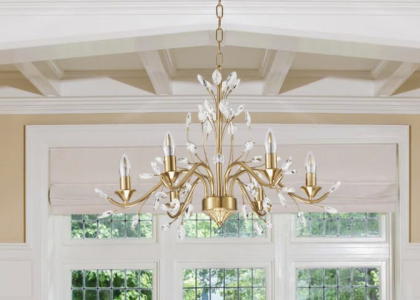
A popular and easy-to-install decorative wall trim, chair rail is a molding that runs around a room or hallway and creates a horizontal line of depth and detail. It is often stained or painted to coordinate with crown molding and/or baseboards in the space, though designers with a more contemporary vision tend to paint it a color that matches the walls for a streamlined look. A chair rail not only adds a sophisticated touch to a room, but also protects the walls from diners’ chairs that might bump into them or everyday scatches from items like picture frames.
It’s important to consider the relative height of a room’s ceiling and its furniture when deciding where to position a chair rail. A general rule of thumb is that the molding should be between one-third and one-half of the wall’s height from the floor. For example, in a room with an 8-foot ceiling, the chair rail should be placed about 32 to 36 inches from the ground. rilahouse
The exact history of chair rail is a bit of a mystery, but the trim likely originated in the early days of American homes. Some speculate it’s a reference to the wood rails the Shakers used to hang pieces of wood with pegs in them for drying and cleaning, while others say it’s meant to prevent dining room chairs from damaging the plaster walls. The fact is, the modern use of chair rail is primarily decorative, although it’s still useful in protecting a wall from furniture and other everyday scatches, especially in high-traffic areas like dining rooms, foyers and living rooms.
Regardless of their origin, it’s important to plan the placement of a chair rail before starting any work on the wall itself. Using a level, masking tape and a pencil, make a mark on the wall at one end to indicate where you want the top of the chair rail to be (usually between 32 and 40 inches above the floor). Then, measure the wall from that point to the opposite end and mark it as well. Then, connect the marks with a long straight ruler to draw a guideline for positioning the trim.
Once you’ve determined where you want the chair rail to be, it’s a good idea to locate the vertical wall studs with an electronic stud finder before drilling or nailing the molding into place. It will help you ensure the chair rail is installed at a consistent height from the floor, which will keep it looking symmetrical and attractive. It’s best to do this step before painting or wallpapering, so the walls are level and ready for the molding when you finish. Otherwise, the chair rail might look crooked even if it is properly installed. And if you do happen to screw or nail the trim into a stud, it could be difficult to repair the damage later on.











